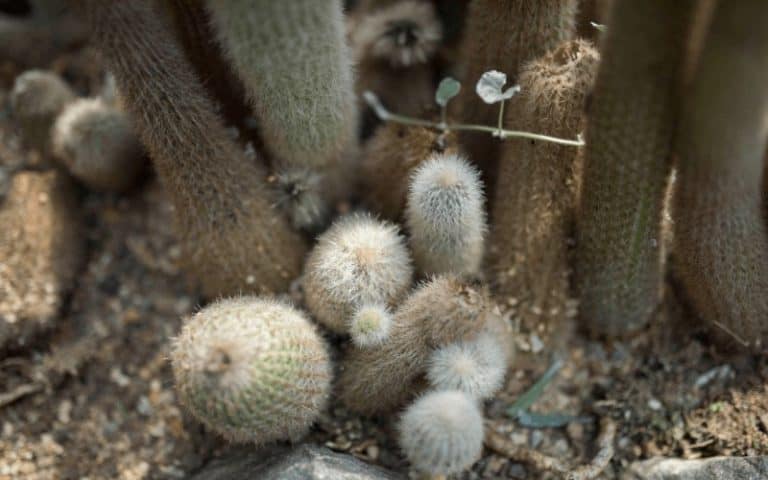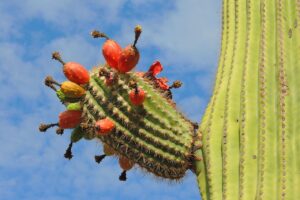When one thinks of cacti, images of arid deserts come to mind. The quintessential image of a cactus thriving in an unrelenting sun and minimal rainfall is undeniably ingrained in our perceptions. Yet, one must pose a playful question: do cacti actually like humidity? The notion feels somewhat contradictory. Understanding the intricacies of cactus care, particularly their responsiveness to humidity, is essential for both novice and seasoned plant enthusiasts.
The essence of a cactus’s native habitat plays a crucial role in shaping its responses to environmental factors, including humidity. Most commonly, cacti originate from regions characterized by dry conditions, which significantly influences their physiological traits. However, an exploration into their humidity preferences unveils a more nuanced narrative that challenges the simplistic perception of these resilient plants.
To truly comprehend whether cacti like humidity, it is important to dissect their biological adaptations and natural environments. Are they strictly arid dwellers, or do they exhibit a degree of flexibility in varying conditions?
To understand the relationship between cacti and humidity, one must investigate the native habitats of various cactus species. While it is undeniable that many cacti have evolved in dry, hot environments, this does not exclude the possibility that some species thrive in slightly more humid settings. For instance, the rainforest-dwelling Epiphyllum, commonly known as the orchid cactus, demonstrates how certain cacti can flourish in conditions far removed from traditional desert habitats. This species resides in the undergrowth of tropical forests, where humidity levels are significantly higher.
In contrast, most cacti—especially those that originate from deserts—are built to endure extreme dryness. Their thick, fleshy stems serve as water reservoirs, and their spines protect them from herbivores while minimizing moisture loss. Such adaptations lead to the popular belief that humidity is anathema to cacti. However, high humidity levels do not necessarily spell doom for all cacti. Instead, they might experience a delicate balance where hydration is beneficial, yet excessive moisture can lead to complications.
Variability in Cactus Humidity Tolerance
Many cactus enthusiasts often wonder, “What is the ideal humidity level for my cactus?” The answer is complex and largely dependent on the specific species and their growth stages. Seedlings, for instance, may require slightly higher humidity to mitigate moisture loss as they develop. Adult cacti, on the other hand, have a greater resilience to lower humidity levels. Observations suggest that a relative humidity of around 30% to 50% is generally beneficial, providing ample balance without tipping into excess.
Nevertheless, one must approach high humidity with caution. Excessive moisture can lead to fungal infections and rot, two deadly threats in the world of cacti care. Therefore, fostering a low-humidity environment when growing standard desert cacti is often wise. Maintaining proper air circulation, utilizing well-draining soil, and refraining from overwatering are essential practices that minimize humidity-related perils.
Considerations for Cactus Enthusiasts
Understanding the watering requirements of cacti provides insight into their humidity preferences. Over-watering is a common pitfall, typically resulting in a soggy substrate that breeds detrimental conditions. A general recommendation is to allow the soil to dry out thoroughly between watering sessions. This approach mimics the plant’s natural habitat and prevents the onset of rot due to excess moisture.
In regions with high humidity, it might be beneficial to create a microenvironment for cacti. Utilizing pots with drainage holes combined with a gritty, fast-draining soil will ensure that any excess water escapes quickly. The implementation of a fan or consistent airflow can also mitigate the impact of high humidity, creating an ideal space for growth without the risk associated with a stagnant environment.
The Temperature-Humidity Interplay
Another significant aspect to consider is the interplay between temperature and humidity levels. Higher humidity is often associated with elevated temperatures, which can influence a cactus’s physiological processes. For example, during the growing season—typically in spring and summer—cacti can tolerate increased humidity as long as the temperature remains favorable. However, as temperatures begin to drop in the fall and winter months, it’s crucial to lower humidity levels to ensure the plant’s dormancy phase is not disrupted.
Seasonal transitions should be marked by careful monitoring of the environment. Cacti generally require a dry, cooler winter period to facilitate proper rest before their next growth cycle. Failure to provide this change could cause stress to the plant, leading to compromised health.
In conclusion, the relationship between cacti and humidity is intricate and far from black and white. While the prevailing belief is that cacti prefer dry conditions, certain species do exhibit a remarkable ability to adapt to moderate humidity. The key lies in understanding the specific needs of each species and ensuring that environmental factors align with their natural conditions. By doing so, cactus enthusiasts can create thriving habitats that mirror these remarkable plants’ diverse origins and preferences.





Leave a Comment